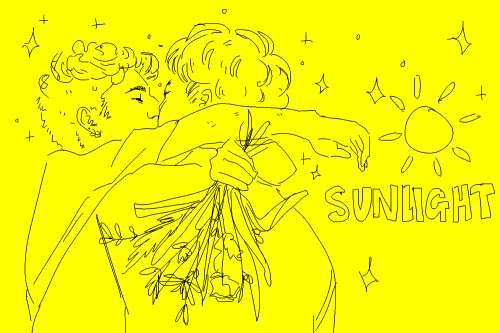#fernand braudel
ReadingThe Verge: Reformation, Renaissance and the Forty Years that Shook the World.
I do not like this form of history. Admittedly I’m still only on the introduction, but it’s still rebarbative.
The author – Patrick Wyman – takes as their opening the sack of Rome in 1527:
Bleary-eyed and barely dressed, stumbling through the streets, thousands of Romans shaken out of bed
There were you? Or maybe you have a primary source? Quote them if so! They’re bound to be more interesting than this journalese that smacks of ‘relevance.’
Later, it seems as though there might be a source, from a footnote, but it’s still secondary – Judith Hook’s Sack of Rome, which may well be authoritative and contain primary sources, but this all feels very ersatz. Quote the texts from whence you get your imaginary - this is not reportage. the texts are part of the fabric of the history you are making.
Around 1490, four decades before the Sack of Rome, Europe was a backwater.
The growth and impact of Europe’s rise make up the dominant historical processes of the last half millennium. Any understanding of our world that does not take these processes into studied consideration is incomplete: The legacies of colonialism and European domination are visible in every aspect of twenty-first-century life, from patterns of trade and economic development to sports and entertainment. Nobody looking at the world in 1490 would have thought that future likely.
My goddam italics. Is it really meaningful to write like this? I’d much rather understand what conceptions of the future people at that time did have. But no, a notion of Europe in the 21st century probably wasn’t among them. Horrible 'relevance’ again.
And of course the journalistic manner is so misplaced. It’s worth reading William Blundell’s The Art and Craft of Feature Writing for the actual planning and structure of journalism that leads to its manner. This is secondary journalistic style.
Besides, Braudel, who I trust more, even if it is in his slightly quixotic Out of Italy is keen to stress that Europe was nota backwater, even the 1450s:
One should not leap to the conclusion that “backward” western Europe was simply dominated by an Italy that was if not inimitable certainly consistently superior. Western Europe should not be regarded as underdeveloped or more rustic than it actually was. Indeed, if Europe was a land of opportunity for the Italians, it was because it represented an up-and-coming economy and civilisation on which it was possible to base profitable superiority.
→21May1527: the birth of Philip II of Spain
To historians he is an enigma: he receives us as he did his ambassadors, with the utmost cortesy, listening to us, replying in a low and often unintelligible voice. Never speaking of himself at all. For three whole days just before he died, he confessed the errors of his lifetime. But who could truly imagine these errors, numbered before the tribunal of a conscience whose judgements may or may not have been just, as it searched the recesses of a long life? Here lies one of the great mysteries of his life, the shadow which if we are truthful we must leave across his portrait. Or rather his many portraits. What man does not change in the course of his life? And Philip’s life was a long and disturbed one, from the painting by Titian of the prince in his twentieth year to the terrible and moving portrait by Pantoja de la Cruz which show us the king at the end of his reign, the shadow of what he once had been. — Fernand Braudel, The Mediterranean and the Mediterranean world in the age of Philip II
Post link








